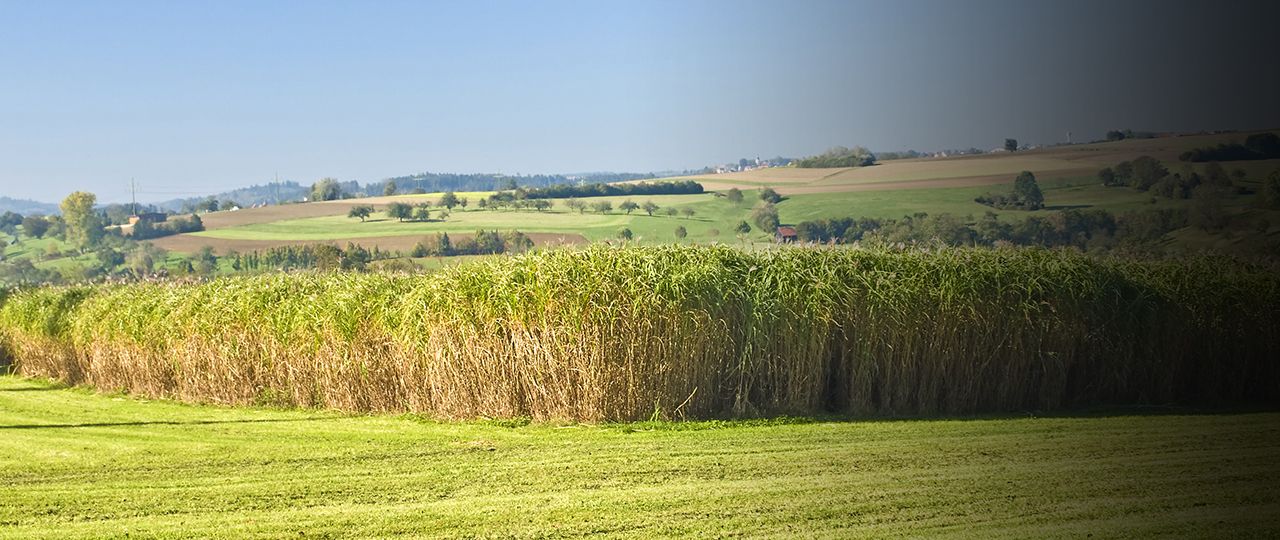
Jason Beedell
Director, Research


Director, Research
Click here to download the full update as a PDF.
UK should maintain or strengthen existing animal rules post-Brexit, says British Veterinary Association
The BVA’s report says that animal health and welfare standards must be equivalent to current EU standards or higher where supported by evidence-based risk analysis. A key recommendation is that ‘The UK Government should prioritise animal welfare and the maintenance of animal health and welfare standards in all trade negotiations to develop a unique, high standard of animal health, welfare and food hygiene as a selling point for the UK.’ Another interesting proposal is to fund a farm animal welfare stewardship programme funded through domestic agricultural policies. It also says that any funding that replaces the CAP should support the provision of public goods, including biodiversity.
New animal welfare platform launched to share best practices across Europe
The new group, which includes industry, research and policy makers from across Europe, aims to improve and share best practices. This feels like a good way of transferring the knowledge that we gain from research onto farms. We will keep an eye on what the group produces.
Scotland: Farm incomes fell by 50% in 2015/16
Incomes halved to an average of £12,600 per year across all farm types, due to lower prices for farm produce. This is the lowest level in the six years that this data has been produced. The data highlights the large difference in income between the bottom and top 25% farms; for example, the bottom 25% of dairy farms made a loss of £85,600 on average, compared with a profit of £112,000 for the top 25%. The detailed analysis from the Scottish Government is available here. If you would like to discuss farm profitability in Scotland please contact Mary Munro.
CAP: MEPs accused of watering down greening rules in latest ‘omnibus’ proposals
The ‘omnibus’ package was meant to simplify some of the more complicated greening and other CAP rules. However, Birdlife has accused the MEPs of using a ‘technical simplification exercise to have a mini reform’. There is still lots of discussion to be done on the proposals before they are finalised by the end of the year, for implementation in early 2018. One of the most significant proposals is to stop the use of pesticides on ecological focus areas. Separately, conservation organisations have called for an ‘evolution’ in how the CAP works, saying that the reform process is dominated by ‘vested interests’ among key actors in the decision-making process.
25 year environment plan leaked
The leaked version has been criticised as lacking policies, although its thinking on environmental management has been praised by conservation bodies. The BBC also reports that its general tone suggests that ministers will want to simplify environmental rules and prioritise carrots over sticks. The plan was part of the Conservative Party’s 2015 manifesto pledge to leave the environment in a better condition than at the start of the parliament (let’s see whether the same pledge is in the new manifesto). It has been delayed several times and is now expected in the autumn / winter.
Small areas of miscanthus (elephant grass) can boost hare populations
When planted in small blocks of up to 10 or so hectares, the biomass crop adds to the diversity of landscapes as it is un-intensively farmed, according to research by Cambridge University. Hares use the miscanthus to sleep in during the day; they don’t eat it! Like lots of things though, too much can be harmful – in this case to farmland wildlife.
Scotland: Community Asset Transfer Scheme now open for communities to buy public woodland
The scheme, which replaced the National Forest Land Scheme, gives communities the opportunity to purchase or lease land or buildings from the national forest estate to deliver greater local benefits.
High deer numbers and Lyme disease
There is more evidence of the impact of high deer numbers. Lyme disease, which affects humans and other animals, is more prevalent in areas with high deer numbers, according to research led by the University of Glasgow. There have been slightly misleading headlines about conservation activities, such as woodland planting, increasing risk of the disease: the reason for the increase is that the planting can lead to greater deer numbers, rather than being due to the planting itself.
Buildings can be up to 50% less energy efficient than calculated
This is due to over-optimistic estimates in design models, according to a study by the University of Bath. Another issue is that no-one checks how buildings are performing – so there are few consequences for poor design or poor building.
Over 50% of rural businesses say mobile internet connection is generally unreliable
This survey by the British Chambers of Commerce (BCC) is yet another that demonstrates the negative effect of poor internet on rural businesses. The BCC called for planning restrictions to be relaxed to allow for taller mobile phone masts to be built to improve coverage